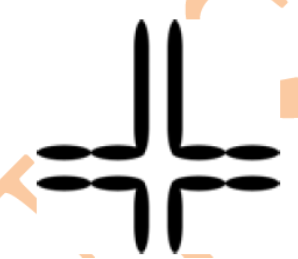#Question id: 5206
#SCPH06 I Botany
A microarray known as a GeneChip, with most now known human protein coding sequences, has recently been developed to aid in the study of human cancer by first comparing twothree subsets of cancer subtypes. What kind of information might be gleaned from this GeneChip to aid in cancer prevention?
#Question id: 5206
#SCPH28 | Zoology
A microarray known as a GeneChip, with most now known human protein coding sequences, has recently been developed to aid in the study of human cancer by first comparing twothree subsets of cancer subtypes. What kind of information might be gleaned from this GeneChip to aid in cancer prevention?
#Question id: 5207
#SCPH06 I Botany
Why is it unwise to try to relate an organismʹs complexity with its size or number of cells?
#Question id: 5207
#SCPH28 | Zoology
Why is it unwise to try to relate an organismʹs complexity with its size or number of cells?
#Question id: 5208
#SCPH06 I Botany
Fragments of DNA have been extracted from the remnants of extinct wooly mammoths, amplified, and sequenced. These can now be used to
#Question id: 5208
#SCPH28 | Zoology
Fragments of DNA have been extracted from the remnants of extinct wooly mammoths, amplified, and sequenced. These can now be used to

